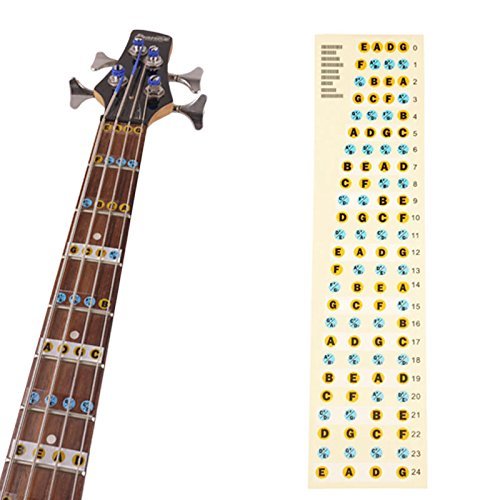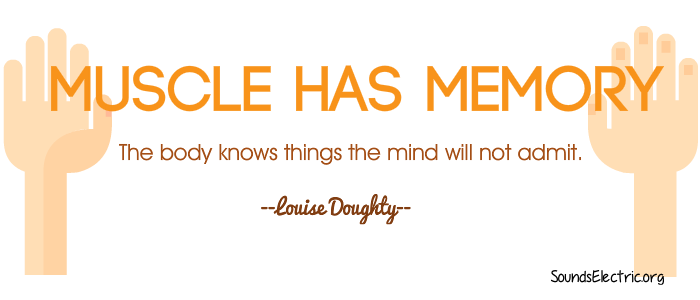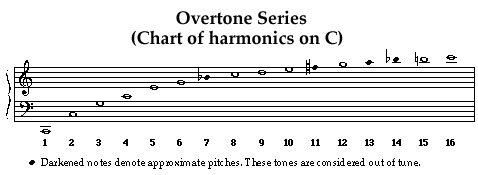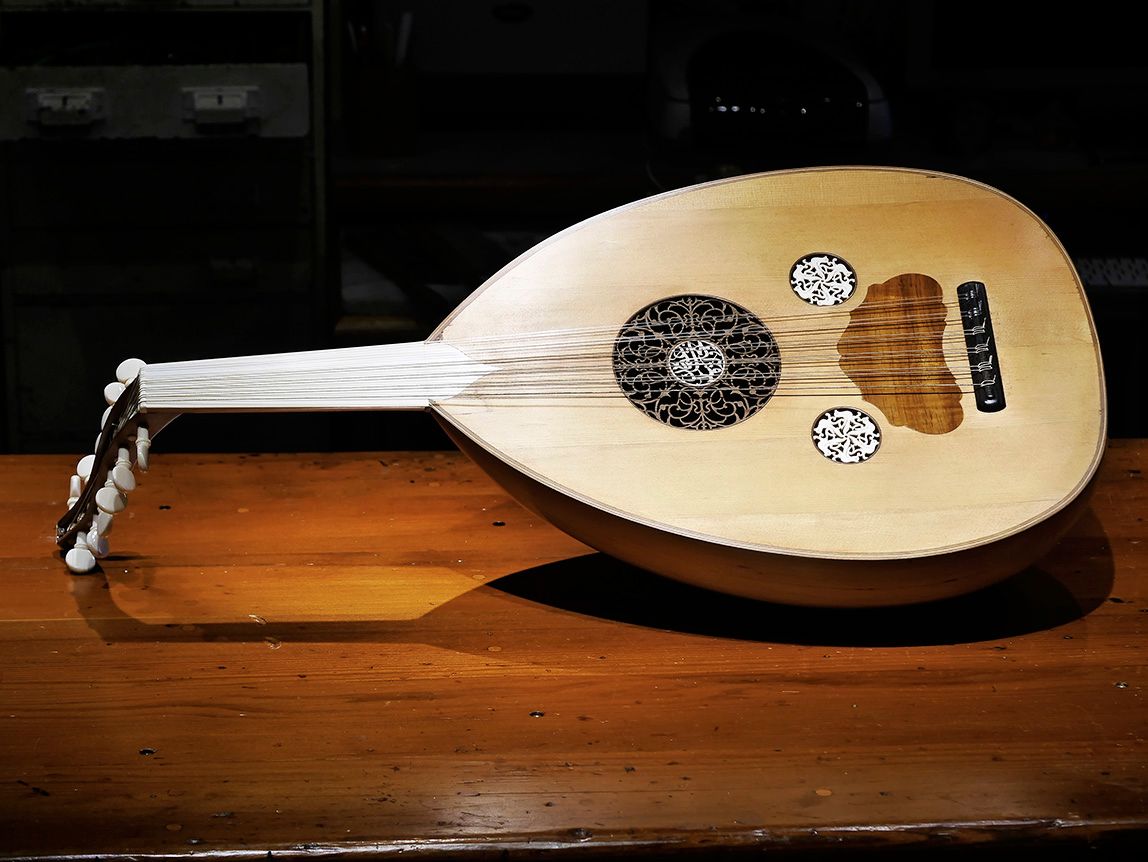ALL ABOUT THAT BASS / fretless bass and how to use it
Fretless bass is not very common amongst rock musicians and you don't often get a chance to hear its distinctive sound in alternative/pop/rock music. Of course, there were always exceptions like Sting, Bill Wyman, Jack Bruce or other less known but equally as influential musicians such as Barry Adamson (Magazine, Nick Cave & The Bad Seeds etc) or Fernando Saunders (most notably the bassist for Lou Reed's band) but you could probably count them by hand and not run out of fingers. There are a few obvious reasons for this but before we get to that, here's a little guide to fretless bass from a fretless buff.

WHY FRETLESS?
Unlike most people, I started out with a fretless bass. Although it was not by choice, I'm glad I did. I got my first bass from my father and he only ever owned a fretless (he was playing a fretless in a punk band). I remember how big the struggle to even understand what's going on was. This particular fretless had no markings on the fretboard whatsoever and it only had dots along the neck so a beginner like me had a really hellish time making out the right notes. When you don't have frets, you have to rely on your ear to make out the correct intonation and a beginner's ear is far from developed. The frets are there to make it easier for players to hit the correct notes since the frets mark the ideal position of every note along the neck. If you have frets, you don't really need to worry about being flat or shar because if you put your finger anywhere within two frets, the pitch of the note will be correct (however, you should aim for the very edge of the fret).

(this shows the positions of the frets, the assigned notes and the prefect position of playing each note within a fret space)
Since the fretboard had no markings (not even the ghost lines of where a fret would usually be) I would mark the frets with a pencil to practice my intonation. With time and practice, the positions of your fingers end up in your muscle memory (https://www.joytunes.com/blog/learn-to-play/learning-music-the-phenonmenon-of-muscle-memory/) so at some point you no longer have to think about where to place your fingers - they do it by themselves. This takes A LOT OF TIME but eventually you don't care if you have frets or not. However, it's not just the muscle memory that helps. With time, your pitch hearing develops so you can actually hear whether you are flat, sharp or on pitch. Your ears become good at remembering each pitch which then in turn helps you correct it if it's wrong. MUSCLE MEMORY AND EAR DEVELOPMENT are the two main reasons I'm glad I started with a fretless. A standard bass is an easier way to start and to play and there's nothing wrong with that but playing a fretless from the beginning helps you develop your ear and muscle memory much sooner and to a much larger extent. Today, I can play both a fretless and a fretted bass without thinking about it and I can always hear what happens with the pitch - not only on the bass but on other instruments as well. It also helps with your singing and your vocals because you are better at hearing yourself and your pitch which in turn makes your singing more clear and more precise. So, even though starting out fretless is a bit of a struggle, it pays of. Another reason why I love it is the feeling. There's nothing between your fingers and the wood except for the strings. I know it sounds abstract to someone who is not playing a stringed intrument but this feeling of immaculate, smooth wood is way more satisfying than having to feel tiny metal bars all the time. In the end, it's a matter of preference and it has nothing to do with reality but it's just how I feel.

POSSIBILITIES
I've mentioned that frets are used to indicate the ideal position of each pitch. However, that is not exactly how music works and it's actually a matter of agreement. Wstern music is based on AN OCTAVE which means there are 7 distinctive full notes and and 5 semitones. All together, it's 12 different notes within an octave. It's the way a keyboard on a piano is formed (full notes are white, semitones are black) and how frets on a bass guitar are positioned. This, however, is not all there is. There are actually a lot more different tones between two full notes than one or no semitones. Our Western music is based upon a harmonic series (read about it here https://en.wikipedia.org/wiki/Harmonic_series_(music)). It's to complex to go into within this post but let's just say that, since tones are waves and have their own wavelenghts, the slightest difference in a wavelenghts makes up an entirely new tone, whether we can hear it or not.

(in this example of the overtone series on the chart of harmonics on C, the darkened notes are part of the series even though they are marked as out of tune. The reason they are out of tune it that we agreed upon it.)
This is imporatn because not all music is Western and music from other parts of the world proove to us that everything is only a matter of agreement and that out of tune notes can also be a part of a musical scale which is considered to be IN TUNE. Take, for example, the ARABIC MAQAM. The Arabic Maqam is ''a set of notes with traditions that define relationships between them, habitual patterns, and their melodic development.'' http://www.maqamworld.com/maqamat.html. To make things simple, it's a scale with QUARTER TONES which are notes that are somewhere between two full notes but not exactly a semitone. They are considered to be HALF FLAT and they varywithin the same scale, depending on whether you are going up the scale or down the scale. I know it sounds complicated but what it means is YOU NEED TO PLAY THE NOTES THAT ARE SOMEWHERE IN BETWEEN THE NOTES WE WESTERNERS CONSIDER TO BE IN TUNE. For an Arabic ear, the quarter notes are ALSO IN TUNE. What this also means is that you can ONLY PLAY THOSE NOTES IF YOU ARE PLAYING A NON FRETTED INSTRUMENT. The Maqams are usually played on an OUD (a traditional eastern fretless stringed instrumnent) but you can actually play them on any fretless stringed instrument such as a fretless bass.

(here's an oud)
The reason I'm going into all this is to demonstrate that the possibilities of a fretless stringed intrument, unlike the fretted one, are basically endless. There is nothing on a fretless stringed instrument that unables you to play any note a certain string could produce. Talking about a fretless bass, this means you can play more different types of music than on a fretted one, since you are not constrained by fretts in terms of pitch. So, if you are into music from different parts of the world, a fretless bass is a thing to choose. Also, a fretless bass demonstrates how music works in different ways and how notes and harmonies can be arranged in ways unknown to Western music.
DISTINCTIVE SOUNDS
The reason I favor a fretless bass more than a standard one is the variety of the sounds you can get out of it. There is something in the frets that doesn't allow the sound of the bass to be much different than what it is in the first place. I'm not sure why that is but a standard bass (without any effects) sounds like a... well, like a standard bass. You can play it with your fingers to get a more deep, round, soft sound or with a pick to get a sharp, bright sound but that's about it. On a fretless, the situation is very different. You can get a great vibrato by moving your finger left to right (like on a violin), you can get a deep, rounded sound if you use your thumb, you can mimic an upright bass sound if you play closer to the neck (because a fretless, like an upright, has this sort of a GATED tone), you can play it like a standard bass and make it sound like a standard bass, you can get great pizzicatos (also like on a violin), you can play slides that sound way smoother than on a fretted bass and if you play it with a pick, you also get this very distinctive sound that is hard to describe. In this video below, Bugra Balci shares some of his thoughts on fretless bass and you can also hear some of the different sounds I'm talking about.
(and here's what you get with a pick)
I think this about covers the basic reasons why I love a fretless bass more than a standard one and what + features I think you can get by using one. I'd like to finish this post with a short impro a recorded with my own fretless bass, where I try out all of these different features I was talking about earlier (inlcuding some eastern scales and modes). Enjoy and go fretless!
I love fretless sound! Nice post.
I love the fact that you didn't start first with the minor harmonic, which is THE OBVIOUS passage of rite to the eastern scales your mentioning, instead you went with a very bizarre octave to octave sound, it reminds me of the guttural sound of the Inuits , that throat sound that they do on 2 octaves, that put people into a trance...
Your post received an upvote by the @illuminati-Inc music curation team and its partner @curie.
You may consider voting for the Curie witness; all witness payouts are used to fund Curie operations including but not limited to more than 10 curation teams (vote here).
Your article got selected by the IINC team and is featured in the “Curator’s Choice” series. Congrats!
This is awesome! Thank you!
You're Most Welcome :)